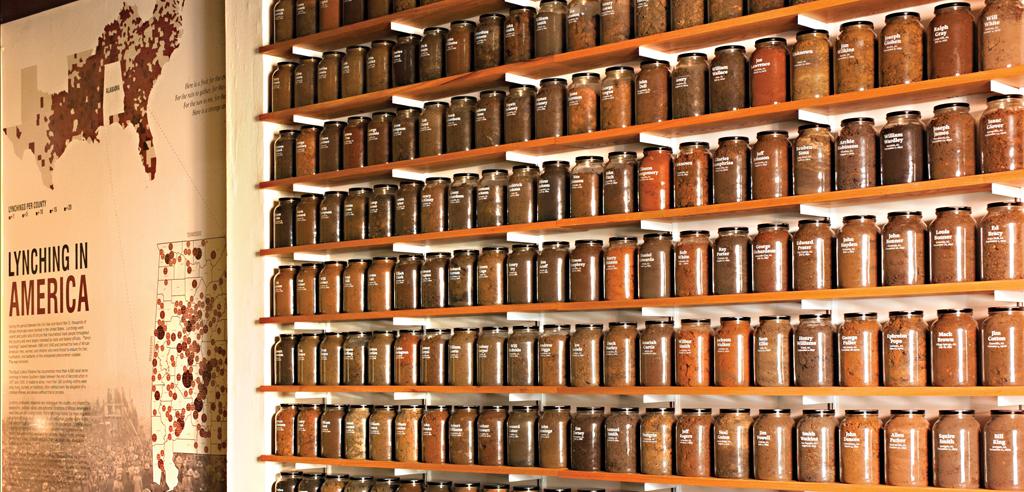A good twenty years ago, I was sitting in my car at a traffic signal on Memorial Drive in Cambridge, waiting for the light to change so I could cross the bridge over the rail yard and back to our home in Charlestown. I looked up to see a billboard that read,
Come see the new Planetarium at the Museum of Science,
You tiny insignificant speck in the universe.
A fleeting moment on a spring afternoon became a defining moment. Ginger and I both have returned to it as a reference point for an understanding of our “appropriate insignificance,” as we came to articulate it: I wrote a poem, which remains one of my favorites, and she referenced it in our Ash Wednesday service this week.
Our sense of who were are in the universe has changed drastically in my lifetime. Though we made the mental shift to understanding the universe didn’t revolve around us several centuries ago, it was not until astronauts got far enough away to take pictures of our little blue ball that we began to experience ourselves differently. Now Hubble and other telescopes continue to reframe who we are in context of all that we can and cannot understand. Just last week, NASA said they found seven planets that look a lot like us. Writing sixty-six years ago, Howard Thurman said,
When one considers that he lives only in the western half of the tiny speck of stardust, in the northern part of the western half of that tiny speck of stardust, the space we occupy is well nigh a vanishing quantity. All of this means that in addition to my own intrinsic worth, I must find some movement or cause or purpose that is more significant than my own life. (Deep is the Hunger 47)
But my thoughts about the universe didn’t start with Thurman this morning. The first one to remind me the metaphor and meaning of our cosmic significance was James Baldwin, in a letter he wrote to his nephew, who was also named after him.
Any upheaval in the universe is terrifying because it so profoundly attacks one’s sense of one’s own reality. Well, the black man has functioned in the white man’s world as a fixed star, as an immovable pillar: and as he loves out of his place, heaven and earth are shaken at the foundation. You don’t be afraid. . . . (The Fire Next Time 9)
He wrote those words a little more than a decade after Thurman set his sights on the stars. James Carroll was about ten when Thurman’s book came out, and he was finding his place in the world in relation not as much to the stars as to the church and his brother’s polio. He says when he “knelt before the crucifix at St. Mary’s Church, it was the battered legs of Jesus that transfixed me. God had legs like Joe.” And yet the priest would not let Joe be an altar boy because he limped. Carroll found the rigidity of the Church at odds with the God he saw in the crippled Christ that led him to understand, “God’s love was absolute. . . . But love is tied to suffering.” (Christ Actually 38)
Carroll works to take that childhood understanding of love and let it grow up in the reality of the Holocaust and Hiroshima, which he identifies as the cosmic shifts in our lives, if you will. He quotes a disturbing passage from Elie Wiesel’s Night, in which Wiesel recounts being forced to watch the hanging of a child at Auschwitz. The child hung from the noose,
struggling between life and death, dying in slow agony under our eyes. An.d we had to look him full in the face. He was still alive when I passed in front of him. . . .
Behind me I heard the same man asking,
“Where is God now?”
And I heard a voice within me answer him:
“Where is He? Here He is—He is hanging here on this gallows.” (30)
We heard Bryan Stephenson speak at Yale Divinity School about a month ago. We also got to visit the Equal Justice Initiative, which he founded, in Montgomery on our church’s Civil Rights Tour a couple of weeks ago. At Yale, he ended his talk with four things we needed to do to be a part of the necessary change in our country: we have to gain proximity, change the narrative, stay hopeful, and be willing to do uncomfortable things. I went back to my notes after reading Carroll’s discussion of a post-genocide faith because Stephenson talked about some of the same things when he spoke of changing the narrative in our country.
“Too often,” he said, “the narrative is shaped by fear and anger; fear and anger are the essential ingredients of inequality and injustice.” Then he went on to say we must come to understand we are living in “a post-genocide society.” But he was not speaking of the Holocaust. He was talking about coming to terms with the story of the “settling” of America that includes the slaughter of Native Americans for the sake of land grabbing, the sustained slavery of black people, and the terror of white supremacy manifested in lynchings and segregation.
One of the ways EJI is changing the story is through the Community Remembrance Project, which they say “is part of our campaign to recognize the victims of lynching by collecting soil from lynching sites and creating a memorial that acknowledges the horrors of racial injustice. Community members are invited to join EJI staff to collect soil from sites throughout Alabama.” They go on to say:
Lynching profoundly impacted race relations in this country and shaped the geographic, political, social, and economic conditions of African Americans in ways that are still evident today. Terror lynchings fueled the mass migration of millions of black people from the South into urban ghettos in the North and West in the first half of the 20th century. Lynching created a fearful environment in which racial subordination and segregation were maintained with limited resistance for decades. Most critically, lynching reinforced a legacy of racial inequality that has never been adequately addressed in America.
Public acknowledgment of mass violence is essential not only for victims and survivors, but also for perpetrators and bystanders who suffer from trauma and damage related to their participation in systematic violence and dehumanization. Yet most lynchings, and their victims, have never been publicly recognized.
There is a wall filled wth jars of soil from all over the state. Ginger found one jar from Irondale, her hometown. A man was lynched there in the 1890s. Ginger had never heard the story. The constellation of containers called us to take another look at our place in this world.
hometown. A man was lynched there in the 1890s. Ginger had never heard the story. The constellation of containers called us to take another look at our place in this world.
When Baldwin wrote to his nephew, he spoke of white people as “innocents,” in the sense of those who have not yet come to understand who they are. And he said,
The really terrible thing, old buddy, is that we must accept them. And I mean this very seriously. You must accept them and accept them with love. For these innocent people have no other hope. They are, in effect, still trapped in a history which they do not understand and until they understand it, they cannot be released from it. . . . [T}hese men are your brothers—your lost, younger brothers. And if the word integration means anything, this is what it means: that we, with love, shall force our brothers to see themselves as they are, to cease fleeing from reality and begin to change it. (8-10)
The psalmist stood out under the heavens and prayed,
When I gaze into the night sky
and see the wonders of your hands,
who do I think I am to imagine you think of me? (my paraphrase)
Even as they call me to a more expanded universe, I am aware as I read the exclusive male language of both Thurman and Baldwin that everyone has vistas that are not yet visible. And I keep hearing Bryan Stephenson’s call to stay hopeful, even if it is as challenging to find my place in the crush of humanity as it is under the not-so-sheltering sky. If love is tied to suffering, then I need to draw close and listen to those who know more of suffering than I do, and offer the comfort of my attentiveness and my presence: the presence of one tiny significant speck.
Peace,
Milton

“Blue Boat Home”
Thanks.
Presence is a gift that suspends time for the person suffering. To be present-to witness the life they are living-allows them, in that moment, to transcended their now. Presence is a bridge to someplace better. One life validating the divine that exists in the other.